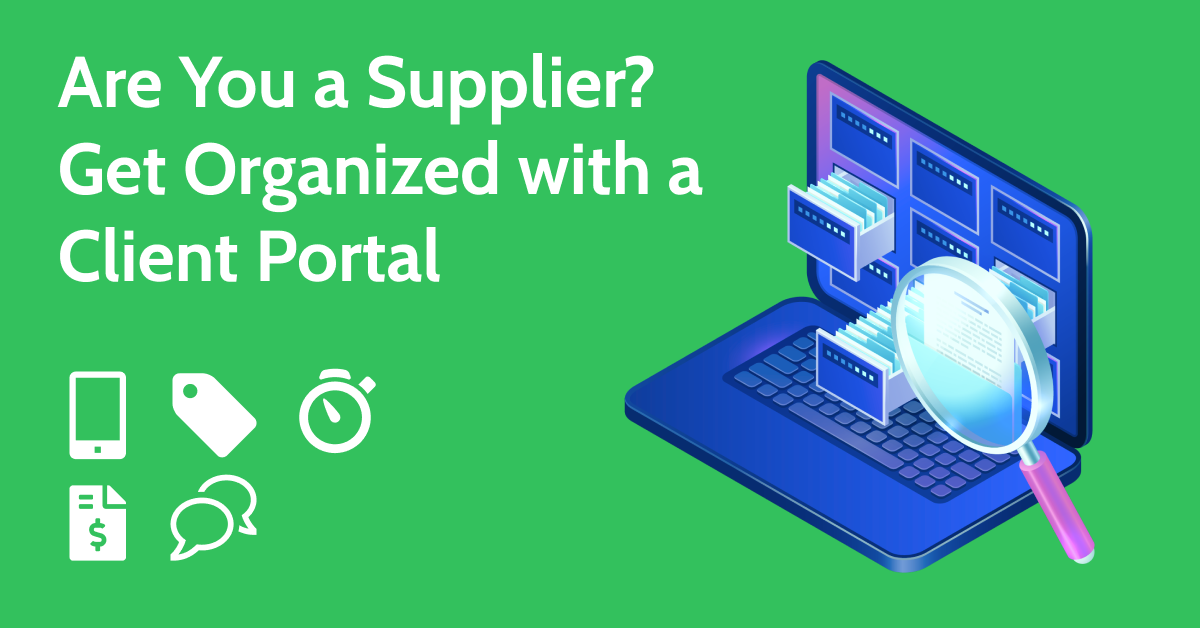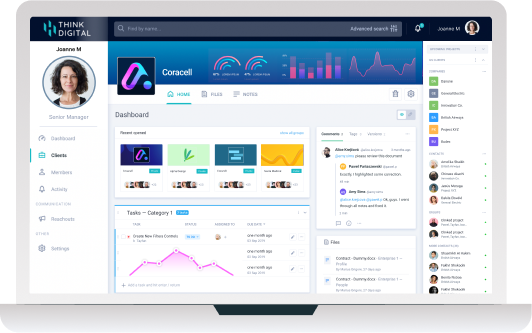When most people think of the word "client," they probably think of a person who employs a lawyer, doctor, or other professional. While this is true, there's a bit more to it than that. In this blog post, we'll explore the different meanings of "client" and provide an accurate definition based on your industry. Simply put, a client can be any individual, organization, or device that engages the services of another individual, organization, or device. A business can have many clients, and a server can also communicate with many clients. In computing, this is known as the client-server model.
What Is a Client in Business?
In business, the term "client" is used to refer to the party that contracts with another party for goods or services. The word "client" comes from the Latin word "cliens," which means "dependent." In ancient Rome, a cliens was a person who was under the patronage of another person of high status. This relationship was often formalized through a legal contract.
Today, the word "client" is used in a variety of industries to refer to the customer or party that is a prospective or the actual purchaser of products or services offered by a company. For example, in the legal industry, the term "client" is used to refer to the person who retains a lawyer.
It is important to understand the different types of clients that you may encounter. There are three primary types of clients in business: individual clients, corporate clients, and government clients.
Individual clients are people who buy goods or services for their own personal use. Corporate clients are companies or organizations that buy products or services for their employees or members. Government clients are branches of government such as federal, state, or local governments that buy products or services from businesses.
The client can also be referred to as the customer or purchaser.
Got clients? Clinked offers a perfect way for you to manage clients through a client portal.
Is a Client a Customer?
There is no definitive answer to this question, as it can depend on the context and situation. In general, a client is someone who hires a professional or service provider to do work for them, while a customer is someone who buys goods or services from a business.
The two terms are often used to differentiate between the types of relationships that are established through the exchange of products and services. Typically, a client is a loyal customer that has a long, ongoing relationship with the business, whereas a customer generally purchases from a company once and doesn’t return.
However, there can be some overlap between the two terms. For example, a client might be considered a customer if they are buying a product or service that is directly related to the work that was contracted. Furthermore, customers can sometimes become clients if they need ongoing support or services from a business.
What Is an Example of a Client?
In the context of business, a client is a customer that engages the services of a professional. The term client can also refer to people who engage the services of social workers, attorneys, accountants, and other professionals. In some cases, clients are also recipients of case management or other social services from service providers. The term may also be used to describe someone who is a party to a treaty or other agreement. For example, in the context of the North Atlantic Treaty Organization (NATO), member states are clients of NATO.
In Information Technology (IT), a client is any device that communicates with a server. A client can be a laptop, mobile phone, smart-home device, or any internet-connected device. The client makes the request by sending a message to the server. In this way, clients and servers can exchange data over a network, as the majority of networks allow client-to-client communication. All of this data then passes through a centralized point, like a switch or router.
A client program is often implemented as part of a graphical user interface (GUI). For example, a web browser is a client program that requests services from web servers. Similarly, when a person uses their email, they connect to a mail server, and the device they use is a client of that mail server. The webmail or email program they use is known as the client program or client software.
There are three main types of clients in IT:
- Thin client. A thin client is a computer that relies on another device, such as a server, to provide most of its functionality, and has little functionality on the device itself.
- Thick/Fat client. A thick/fat client is a computer that has all the software it needs to function installed on it, and does not rely on another device, but may have to access a server for some information.
- Hybrid. A hybrid is a system that uses both thin and thick/fat clients. Hybrid systems are often used in businesses because they offer the best of both worlds: the thin clients are cheap and easy to manage, while the thick/fat clients are powerful and can handle more complex tasks.









Let Us Know What You Thought about this Post.
Put your Comment Below.